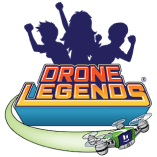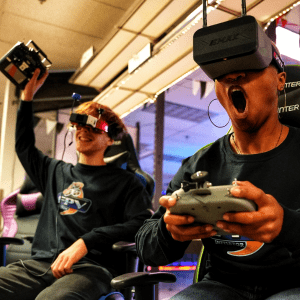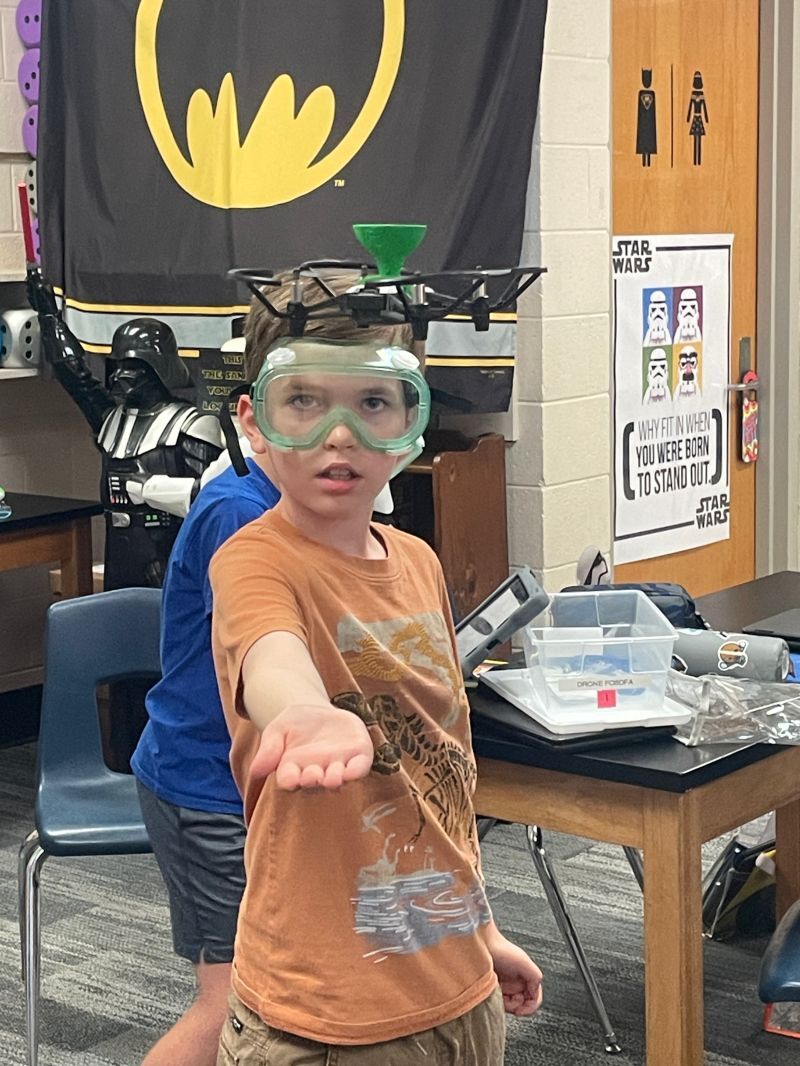About the Author: Kim Collazo is a well-known Digital Integration Facilitator, STEM teacher and trainer, program director, author, and more! Connect with Kim on Twitter @kcollazo, on LinkedIn, and head to Amazon to buy her book, Emersyn Blake and the Spotted Salamander!
Drone programs can level the playing field for second language learners. It’s true. STEM is a powerful way to invite students who don’t speak the same language into a learning-rich experience. This is so important, as the number of second language learners grows in schools around the country. STEM teachers, especially the ones who teach drone programs, are uniquely positioned to help students like this adapt, assimilate, and shine.
What follows are illustrative points for how this really works in elementary schools, with takeaway tips for any teacher who wants to make their classroom a more inclusive place for students from every culture and tongue.
Second Language Learning Terms
First, a quick vocab level set for all of us.
In elementary schools in the United States, you’ll probably hear the following terms:
ELL — English Language Learner
LEP — Limited English Proficient
ESL — English as a Second Language
ELP — English Language Proficiency (standards that govern these programs)
TESL — Teaching English as a Second Language
TESOL — Teaching English to Speakers of Other Languages (an organization)
Students categorized like this may be long-term English language learners, recent arrivals, people with limited formal schools, recent arrivals with adequate schooling, or a similar subcategory.
Alright, onto the big ideas.
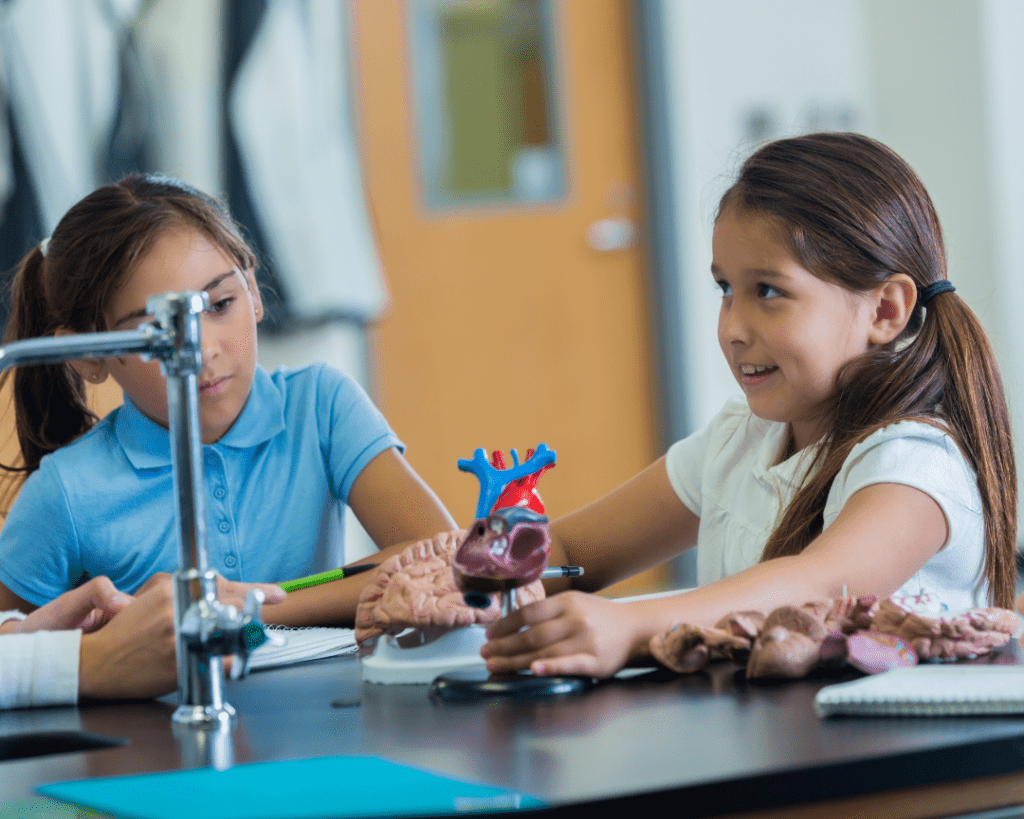
STEM is Hands-On and Visual
A first reason that drone programs and STEM programs are a great fit for kids who speak little to no English is that they are truly hands-on. When you learn to fly a drone, you learn by doing. When you set up a science experiment, you watch things occur in the real world in front of you.
There’s a kinesthetic, hands-on component that isn’t replicated elsewhere in the typical academic environment. Students don’t need as much vocabulary or oral language competence to experience success.
When you incorporate anything with STEM, drones, or the engineering-design process, it incorporates a lot more of the visual process those language learners need.
Teachers can enhance this by considering how to introduce STEM into mainstream classrooms. Drones are a perfect example. The Drone Legends curriculum is used in plenty of regular classrooms, not just in STEM labs. Using a program like this unlocks endless possibilities for all types of learners, including those who aren’t fluent in the language.
Drones & STEM Help Develop Conversational Language
Kids who are learning a new language need to master the conversational components first. When you have drones in the classroom, you are up, moving around, giving directions (often accompanied by hand gestures). Kids are pointing, calling things out, visually observing everything around them. All of this provides excellent context clues for a student who’s trying to understand.
Conversationality is key, and something that supports English language learners’ ability to connect with teachers and classmates. Conversational words, sharing words, collaboration words: “can you help me?” “How should I do this?” STEM helps develop those.
In the Drone Legends programs, like with many STEM programs, students are working in small groups. This can alleviate pressure: the emphasis isn’t on “me” as a second language learner who’s been put on the spot. I can work in the small group, watch what my teammates are doing, informally pick up on what my teammates are saying and how.
It’s a much more phased approach to assimilation and language skills development.

Academic Language and Vocabulary
In addition to conversational language, school is naturally about academics. Academic language can feel impossible to a student who can barely figure out basic interchanges. But STEM gives contextual exposure to academic vocabulary, which is such a great way to help students memorize new words.
We naturally use scientific language and academic vocabulary words, but present them differently than they’d learn in a formalized language learning program. The repetition, physical representations, illustrations, and applications can reinforce retention in amazing ways.
STEM Helps the Teacher Help ELL Students
If you integrate STEM, it helps you help students. You can scaffold STEM activities more easily than you can academic activities. This is especially true of drones. You can work just on taking off and rolling the drone around. It is a new vocabulary word to every child, accompanied by a visible action.
Then, as they begin to show mastery, we start to expand that and talk about “what is a yaw?” and other terms we need to know. This slow expansion gives students time to process what they see and hear.
Incorporating STEM and the engineering design process makes it easy to scaffold how much students are being asked to do at a time. It helps you (the teacher) help your foreign language student accelerate competence.
Engineering Design Vocabulary is Almost Language Agnostic
This is a salient point, and one I love talking about.
Not only are ELL kids working on the English language, but all students are learning a brand new language, especially when you’re coding drones. This levels the playing field: everyone’s starting out at the same level, and kids don’t feel singled out or left in the dust. They’re in the same boat, and this community element can help them open up, be quick to ask clarifying questions, and make important relational connections with classmates.
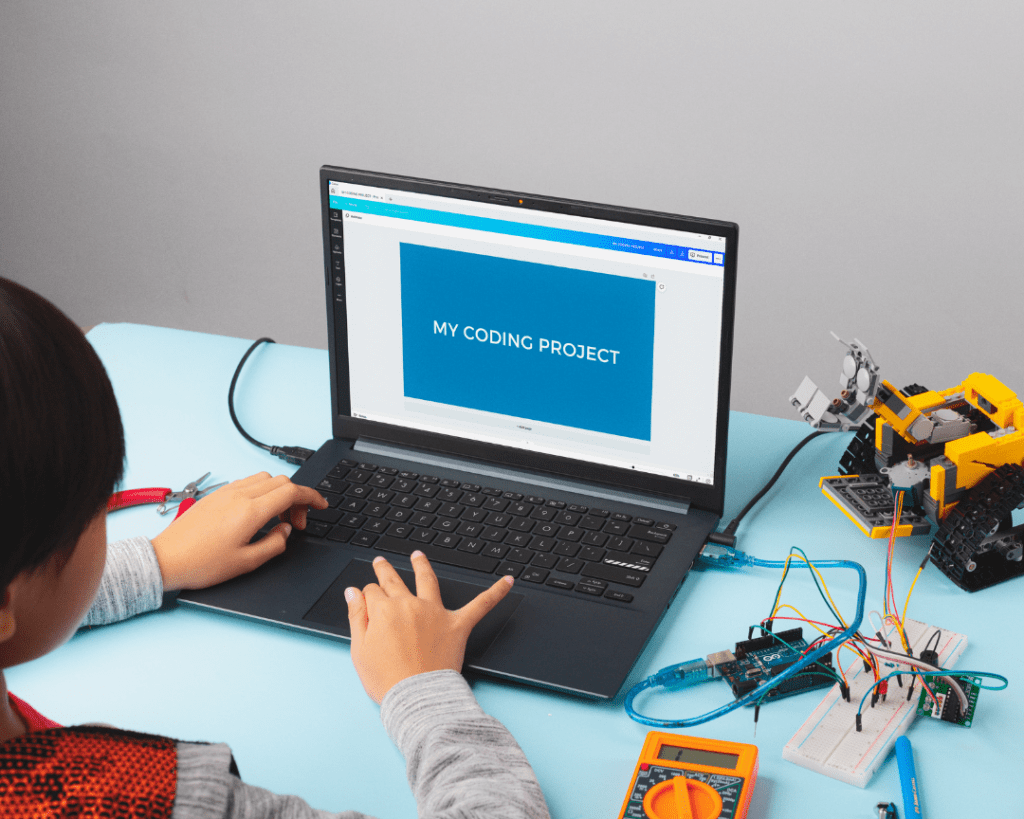
Cultural Knowledge and Social Emotional Skills
Learning social norms, learning how to take turns, learning how schools work is a unique component unlocked by drone learning and STEM-based experiences. Remember our definitions above about all of the different types of language learners: some may have limited formal schooling. Others simply come from a culture where the norms are different.
It means that, in addition to learning a new language, they’re learning lots of other things too. Many of these things can be mirrored in a STEM + SEL program.
Students will perceive “how this works” as they’re in a microcosm where they get a defined role and interact with others. Plenty of nonverbal clues can help kids understand what’s happening and why, and they can infer meaning.
It’s important to note that small groups are less intimidating than a large classroom or a whole group activity. English language learners can learn these important social and cultural skills in a small setting and then transfer them to a larger setting.
Advice From a STEM Teacher for Classroom Teachers
I help classroom teachers integrate STEM. Not everyone has the luxury of running a STEM lab and using these tools and resources, so I want to make sure that any teacher reading this understands that they can implement important ideas that improve student experiences.
Here are the key points I’d recommend:
Start With Literacy
The first thing I always recommend is starting with literacy. The best way to start is to understand that all children need to learn literacy skills. My starting point is always a picture book, which is why I wrote a picture book called Emersyn Blake and the Spotted Salamander.
Classroom teachers can always pull some kind of engineering design challenge out of any picture book they pull off the shelf. Picture books are comforting. There is expansive visual imagery. That can be the foundation for integrating STEM into the classroom.
This can practice can be so effective with drones. Often, we pull a problem or issue out of a picture book and use that to solve a drone challenge.
Give Visual Cues as Much as You Can
Remember to leverage your body language. Students who don’t yet understand the words that are coming out of your mouth can interpret visual cues.
Small Group Placement
Be intentional about which group you place a student in. Make sure you have good, supportive students in that group who will help them.
Use the Engineering-Design Process
Ask the question: what is the problem?
Talk about it: what is the solution?
For instance, let’s say you’re going to have students build a bridge to fly a drone over. Many times, our students don’t have the schema to picture elements of our challenge, for example, we may have students who have never even seen a bridge. As a teacher, you can use real-world visual examples to illustrate less familiar concepts. English language learners benefit from this immensely. They’ll tie the word “bridge” I keep saying over and over to the image in front of them, cementing what that word means.
Bonus tip: If I show a video, I make sure I have the closed captioning on, not only for hearing impaired students but for all students to match the vocabulary words they hear to the words on the screen.

Drone Programs Level the Playing Field for Second Language Learners
Any kid who struggles can shine when STEM is integrated into a lesson.
It can transform their personality.Many students who may struggle academically have amazing strengths in engineering, problem solving, coding, and other STEM-related skills. This builds confidence and unleashes their inner Legend.
Find a Drone Program for Second Language Learners: Legends in Any Language
There is power in using drone programs for second language learners. I’ve seen it over and over again on their first days in a new school/culture: the apprehension in their eyes when they walk in. Over a 45-minute block of time, you watch their bodies relax and the smile comes.Through modeling, body language, and scaffolded support they soon overcome their fears and become active members of their group.
STEM is a huge advantage for kids who don’t speak English. They slowly unwind from the pressure, begin to engage, make eye contact with the students around them. A relief washes over them that they aren’t being asked to communicate far more than they can do yet.
This is a gift that teachers can give students, and one that Drone Legends makes possible. If you want to learn about bringing the magic of drones into your classroom, from a company who believes in the Legend within every child, contact our team today.
